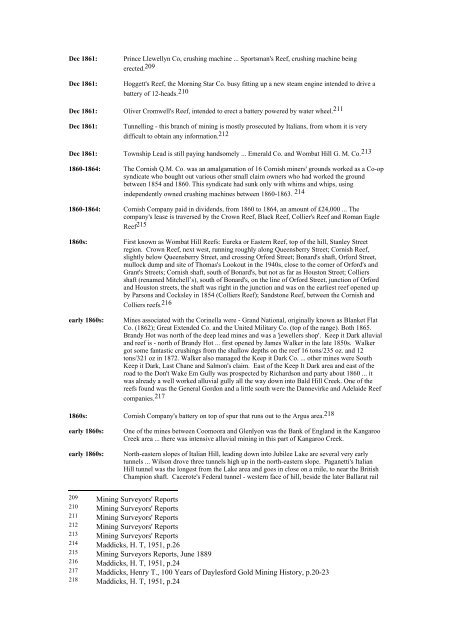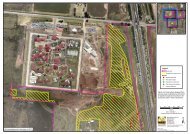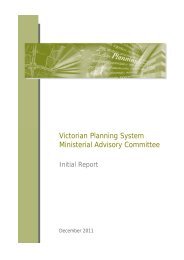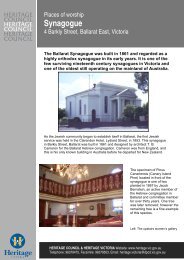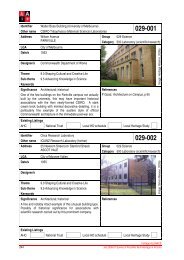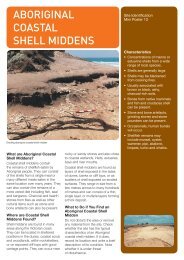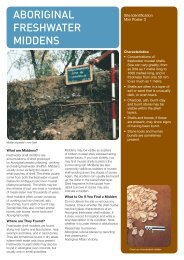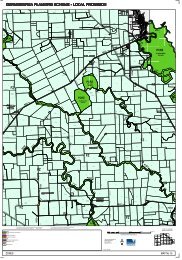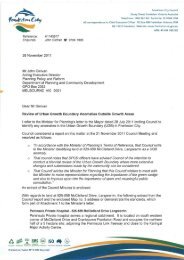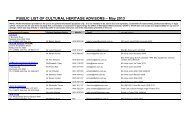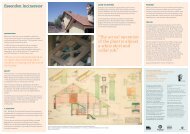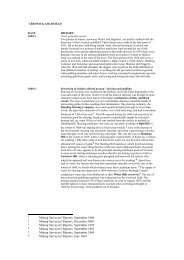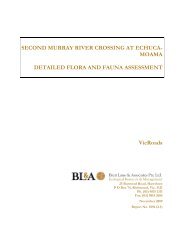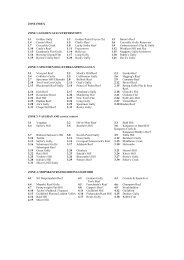Maddicks, Henry T., 100 Years of Daylesford Gold Mining History, p ...
Maddicks, Henry T., 100 Years of Daylesford Gold Mining History, p ...
Maddicks, Henry T., 100 Years of Daylesford Gold Mining History, p ...
Create successful ePaper yourself
Turn your PDF publications into a flip-book with our unique Google optimized e-Paper software.
Dec 1861: Prince Llewellyn Co, crushing machine ... Sportsman's Reef, crushing machine being<br />
erected. 209<br />
Dec 1861: Hoggett's Reef, the Morning Star Co. busy fitting up a new steam engine intended to drive a<br />
battery <strong>of</strong> 12-heads. 210<br />
Dec 1861: Oliver Cromwell's Reef, intended to erect a battery powered by water wheel. 211<br />
Dec 1861: Tunnelling - this branch <strong>of</strong> mining is mostly prosecuted by Italians, from whom it is very<br />
difficult to obtain any information. 212<br />
Dec 1861: Township Lead is still paying handsomely ... Emerald Co. and Wombat Hill G. M. Co. 213<br />
1860-1864: The Cornish Q.M. Co. was an amalgamation <strong>of</strong> 16 Cornish miners' grounds worked as a Co-op<br />
syndicate who bought out various other small claim owners who had worked the ground<br />
between 1854 and 1860. This syndicate had sunk only with whims and whips, using<br />
independently owned crushing machines between 1860-1863. 214<br />
1860-1864: Cornish Company paid in dividends, from 1860 to 1864, an amount <strong>of</strong> £24,000 ... The<br />
company's lease is traversed by the Crown Reef, Black Reef, Collier's Reef and Roman Eagle<br />
Reef 215<br />
1860s: First known as Wombat Hill Reefs: Eureka or Eastern Reef, top <strong>of</strong> the hill, Stanley Street<br />
region. Crown Reef, next west, running roughly along Queensberry Street; Cornish Reef,<br />
slightly below Queensberry Street, and crossing Orford Street; Bonard's shaft, Orford Street,<br />
mullock dump and site <strong>of</strong> Thomas's Lookout in the 1940s, close to the corner <strong>of</strong> Orford's and<br />
Grant's Streets; Cornish shaft, south <strong>of</strong> Bonard's, but not as far as Houston Street; Colliers<br />
shaft (renamed Mitchell’s), south <strong>of</strong> Bonard's, on the line <strong>of</strong> Orford Street, junction <strong>of</strong> Orford<br />
and Houston streets, the shaft was right in the junction and was on the earliest reef opened up<br />
by Parsons and Cocksley in 1854 (Colliers Reef); Sandstone Reef, between the Cornish and<br />
Colliers reefs. 216<br />
early 1860s: Mines associated with the Corinella were - Grand National, originally known as Blanket Flat<br />
Co. (1862); Great Extended Co. and the United Military Co. (top <strong>of</strong> the range). Both 1865.<br />
Brandy Hot was north <strong>of</strong> the deep lead mines and was a 'jewellers shop'. Keep it Dark alluvial<br />
and reef is - north <strong>of</strong> Brandy Hot ... first opened by James Walker in the late 1850s. Walker<br />
got some fantastic crushings from the shallow depths on the reef 16 tons/235 oz. and 12<br />
tons/321 oz in 1872. Walker also managed the Keep it Dark Co. ... other mines were South<br />
Keep it Dark, Last Chane and Salmon's claim. East <strong>of</strong> the Keep It Dark area and east <strong>of</strong> the<br />
road to the Don't Wake Em Gully was prospected by Richardson and party about 1860 ... it<br />
was already a well worked alluvial gully all the way down into Bald Hill Creek. One <strong>of</strong> the<br />
reefs found was the General Gordon and a little south were the Dannevirke and Adelaide Reef<br />
companies. 217<br />
1860s: Cornish Company's battery on top <strong>of</strong> spur that runs out to the Argus area. 218<br />
early 1860s: One <strong>of</strong> the mines between Coomoora and Glenlyon was the Bank <strong>of</strong> England in the Kangaroo<br />
Creek area ... there was intensive alluvial mining in this part <strong>of</strong> Kangaroo Creek.<br />
early 1860s: North-eastern slopes <strong>of</strong> Italian Hill, leading down into Jubilee Lake are several very early<br />
tunnels ... Wilson drove three tunnels high up in the north-eastern slope. Paganetti's Italian<br />
Hill tunnel was the longest from the Lake area and goes in close on a mile, to near the British<br />
Champion shaft. Cacerote's Federal tunnel - western face <strong>of</strong> hill, beside the later Ballarat rail<br />
209 <strong>Mining</strong> Surveyors' Reports<br />
210 <strong>Mining</strong> Surveyors' Reports<br />
211 <strong>Mining</strong> Surveyors' Reports<br />
212 <strong>Mining</strong> Surveyors' Reports<br />
213 <strong>Mining</strong> Surveyors' Reports<br />
214 <strong>Maddicks</strong>, H. T, 1951, p.26<br />
215 <strong>Mining</strong> Surveyors Reports, June 1889<br />
216 <strong>Maddicks</strong>, H. T, 1951, p.24<br />
217 <strong>Maddicks</strong>, <strong>Henry</strong> T., <strong>100</strong> <strong>Years</strong> <strong>of</strong> <strong>Daylesford</strong> <strong>Gold</strong> <strong>Mining</strong> <strong>History</strong>, p.20-23<br />
218 <strong>Maddicks</strong>, H. T, 1951, p.24


